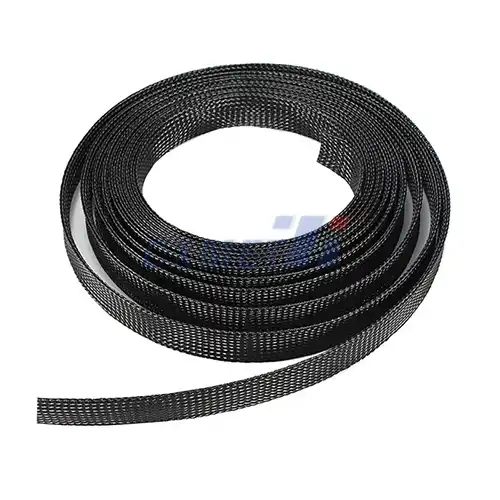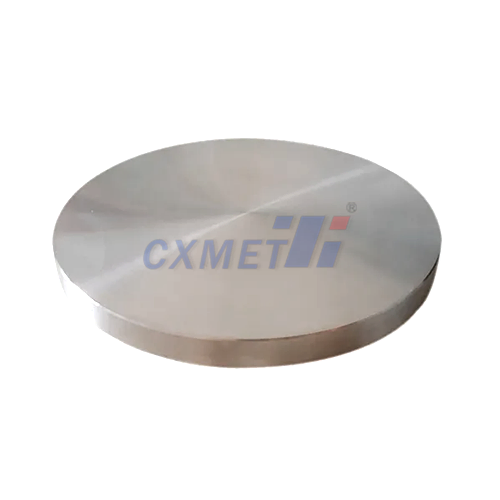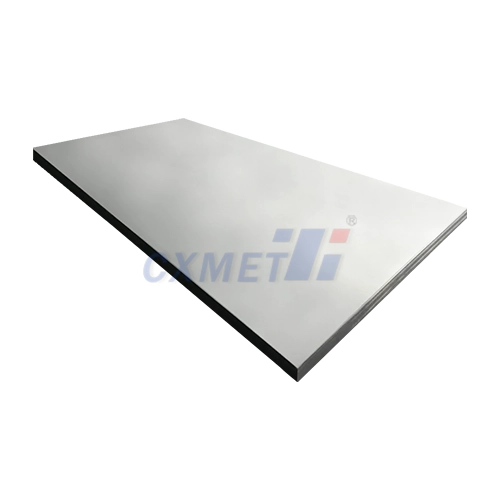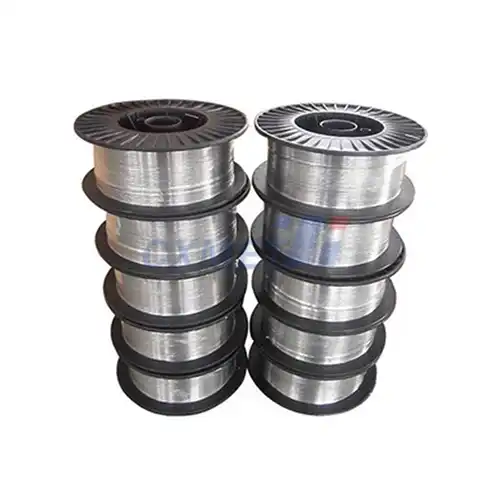- English
- French
- German
- Portuguese
- Spanish
- Russian
- Japanese
- Korean
- Arabic
- Greek
- German
- Turkish
- Italian
- Danish
- Romanian
- Indonesian
- Czech
- Afrikaans
- Swedish
- Polish
- Basque
- Catalan
- Esperanto
- Hindi
- Lao
- Albanian
- Amharic
- Armenian
- Azerbaijani
- Belarusian
- Bengali
- Bosnian
- Bulgarian
- Cebuano
- Chichewa
- Corsican
- Croatian
- Dutch
- Estonian
- Filipino
- Finnish
- Frisian
- Galician
- Georgian
- Gujarati
- Haitian
- Hausa
- Hawaiian
- Hebrew
- Hmong
- Hungarian
- Icelandic
- Igbo
- Javanese
- Kannada
- Kazakh
- Khmer
- Kurdish
- Kyrgyz
- Latin
- Latvian
- Lithuanian
- Luxembou..
- Macedonian
- Malagasy
- Malay
- Malayalam
- Maltese
- Maori
- Marathi
- Mongolian
- Burmese
- Nepali
- Norwegian
- Pashto
- Persian
- Punjabi
- Serbian
- Sesotho
- Sinhala
- Slovak
- Slovenian
- Somali
- Samoan
- Scots Gaelic
- Shona
- Sindhi
- Sundanese
- Swahili
- Tajik
- Tamil
- Telugu
- Thai
- Ukrainian
- Urdu
- Uzbek
- Vietnamese
- Welsh
- Xhosa
- Yiddish
- Yoruba
- Zulu
What is a Molybdenum Tube?
2025-04-30 14:29:27
Molybdenum tubes are essential components in various high-temperature and high-pressure industrial applications. Made from pure molybdenum or molybdenum alloys, these cylindrical structures offer exceptional thermal and mechanical properties that make them indispensable in sectors from aerospace to semiconductor manufacturing. With remarkable resistance to corrosion, heat distortion, and thermal shock, molybdenum tubes have become a material of choice for engineers seeking reliable performance in extreme environments.
|
|
|
What Are the Key Properties of Molybdenum Tubes?
Thermal Resistance and Conductivity
Molybdenum tubes exhibit exceptional thermal properties with a melting point of approximately 2,623°C (4,753°F), allowing them to withstand extreme heat without degradation. This heat resistance is complemented by excellent thermal conductivity, enabling efficient heat transfer in industrial processes. The low thermal expansion coefficient ensures dimensional stability during temperature fluctuations, making molybdenum tubes valuable in applications where precise dimensions must be maintained despite changing thermal conditions. Industries such as glass manufacturing rely on molybdenum tubes for their ability to function consistently in these demanding environments.
Mechanical Strength and Durability
Molybdenum tubes possess high tensile strength (approximately 690 MPa in pure form), which can be enhanced through alloying and specialized processing. This strength is retained at elevated temperatures, making these tubes reliable under combined thermal and mechanical stress. Their excellent creep resistance allows them to maintain shape and structural integrity over extended periods, even when subjected to constant pressure at high temperatures. Additionally, good fatigue resistance enables molybdenum tubes to withstand repeated stress cycles without failure. These mechanical advantages are complemented by high elastic modulus, providing rigidity and dimensional stability under load.
Corrosion Resistance and Chemical Stability
Molybdenum tubes demonstrate exceptional resistance to many corrosive environments, particularly at elevated temperatures. They exhibit remarkable stability in non-oxidizing acids and resistance to molten metals and salts, making them suitable for containment vessels or transfer lines in metallurgical processes. The material's resistance to hydrogen embrittlement allows maintenance of mechanical integrity in hydrogen-rich environments. However, in oxidizing environments above approximately 500°C, molybdenum forms volatile oxides, which can lead to deterioration. This limitation is typically addressed through protective coatings or by ensuring operation in vacuum or inert gas environments.
How Are Molybdenum Tubes Manufactured and Processed?
Powder Metallurgy and Sintering Techniques
Molybdenum tubes are commonly produced through powder metallurgy, which transforms molybdenum powder into solid tube forms. This process begins with high-purity molybdenum powder compacted in specialized molds or dies, followed by sintering at temperatures of 1800-2200°C in hydrogen or vacuum atmospheres. For tube production, the powder may be compacted around a mandrel that defines the inner diameter. The sintered tubes typically have 95-99% theoretical density, with some residual porosity. This manufacturing route allows precise control over chemical composition and produces a fine-grained microstructure with uniform distribution, contributing to consistent mechanical properties.
Drawing and Cold Working Processes
After sintering, molybdenum tubes undergo drawing and cold working operations to achieve final dimensions and enhance mechanical properties. The drawing process involves pulling the tube through progressively smaller dies to reduce diameter and wall thickness. Due to molybdenum's limited room-temperature ductility, intermediate annealing treatments at 900-1200°C may be necessary between drawing stages. Cold working not only shapes the tubes but also improves their strength through strain hardening. This combination of processes allows manufacturers to achieve extremely tight dimensional tolerances, often within ±0.001 inches, which is crucial for applications in industries requiring precise specifications.
Surface Treatments and Coatings
Molybdenum tubes' performance can be enhanced through various surface treatments, particularly for applications involving oxidizing environments or extreme temperatures. Common approaches include applying protective coatings such as molybdenum disilicide, which forms a self-healing silica layer at high temperatures. Other protective options include refractory metals, ceramics, or specialized glass-like coatings applied through chemical vapor deposition, physical vapor deposition, or plasma spraying. Surface treatments can also enhance specific properties like electrical conductivity, wear resistance, or friction reduction. Some applications require electropolishing or mechanical polishing to achieve smooth surface finishes critical for ultra-high vacuum systems or semiconductor processing equipment.
|
|
|
What Industries Benefit from Molybdenum Tube Applications?
Semiconductor and Electronics Manufacturing
The semiconductor industry represents a major market for molybdenum tubes, which serve as components in manufacturing equipment, particularly high-temperature furnaces used for ion implantation, chemical vapor deposition, and silicon crystal growing. Their thermal stability maintains precise dimensions at extreme temperatures (800-1600°C), ensuring uniform heating and cooling of silicon wafers. Molybdenum's high thermal conductivity enables efficient heat transfer throughout furnace chambers, while its low vapor pressure minimizes contamination risks in ultra-pure environments. These tubes are also employed in plasma etching systems and flat panel display manufacturing, where precision, purity, and thermal stability are paramount.
Aerospace and Defense Applications
Aerospace and defense sectors utilize molybdenum tubes in high-performance applications including rocket propulsion systems, thrust chambers, and nozzles where they withstand extreme temperatures and pressures. Military aircraft incorporate these tubes in exhaust systems and heat exchangers for reliable performance under severe thermal cycling. In spacecraft, they're used in thermal management systems and propulsion components. Molybdenum tubes also appear in missile guidance systems, electronic warfare equipment, and advanced radar systems. For hypersonic vehicle development, these tubes are being investigated for leading edges and control surfaces where materials must withstand extreme aerodynamic heating.
Energy and High-Temperature Industrial Processes
In energy production, molybdenum tubes are utilized in nuclear reactors due to their radiation resistance and low neutron absorption. They're also found in high-temperature heat exchangers for ultra-supercritical steam power plants operating above 700°C. The glass industry relies on these tubes for electrode holders and stirrers contacting molten glass at temperatures exceeding 1500°C. In metallurgical processes, they serve as heating elements and containment vessels for molten metals. The solar energy sector employs them in concentrated solar power systems, while the hydrogen economy represents an emerging application area for high-temperature electrolysis systems.
Conclusion
Molybdenum tubes stand as a testament to metallurgical innovation, offering exceptional performance in the most demanding industrial environments. Their unique combination of high-temperature strength, thermal stability, and corrosion resistance makes them invaluable across multiple sectors. From semiconductor manufacturing to aerospace applications and energy production, molybdenum tubes continue to enable technological advancements that would otherwise be impossible with conventional materials. As industries push toward more extreme operating conditions and higher efficiencies, the importance of these specialized components will only grow.
At SHAANXI CXMET TECHNOLOGY CO., LTD, we take pride in our extensive product range, which caters to diverse customer needs. Our company is equipped with outstanding production and processing capabilities, ensuring the high quality and precision of our products. We are committed to innovation and continuously strive to develop new products, keeping us at the forefront of our industry. With leading technological development capabilities, we are able to adapt and evolve in a rapidly changing market. Furthermore, we offer customized solutions to meet the specific requirements of our clients. If you are interested in our products or wish to learn more about the intricate details of our offerings, please do not hesitate to contact us at sales@cxmet.com. Our team is always ready to assist you.
|
|
|
References
1. Johnson, R. T., & Smith, A. B. (2023). Advances in Refractory Metal Processing: Focus on Molybdenum Tube Manufacturing. Journal of Materials Engineering and Performance, 32(4), 2145-2160.
2. Zhang, L., Wang, Y., & Chen, X. (2022). Thermal Properties and Applications of Molybdenum Tubes in Semiconductor Processing Equipment. International Journal of Refractory Metals and Hard Materials, 104, 105710.
3. Patel, D. K., & Ramirez, C. M. (2023). Corrosion Behavior of Molybdenum Tubes in Aggressive Industrial Environments. Corrosion Science, 209, 110728.
4. Nakamura, H., & Anderson, P. L. (2022). Surface Treatment Technologies for Enhancing Oxidation Resistance of Molybdenum Tubes. Surface and Coatings Technology, 438, 128380.
5. Wilson, E. R., & Thompson, J. D. (2023). Molybdenum Tubes in Next-Generation Aerospace Applications: Challenges and Opportunities. Aerospace Science and Technology, 133, 107433.
6. Fernandez, M. A., & Kowalski, T. B. (2022). Mechanical Properties of Drawn Molybdenum Tubes at Elevated Temperatures. Journal of Materials Research and Technology, 19, 1532-1545.











.webp)